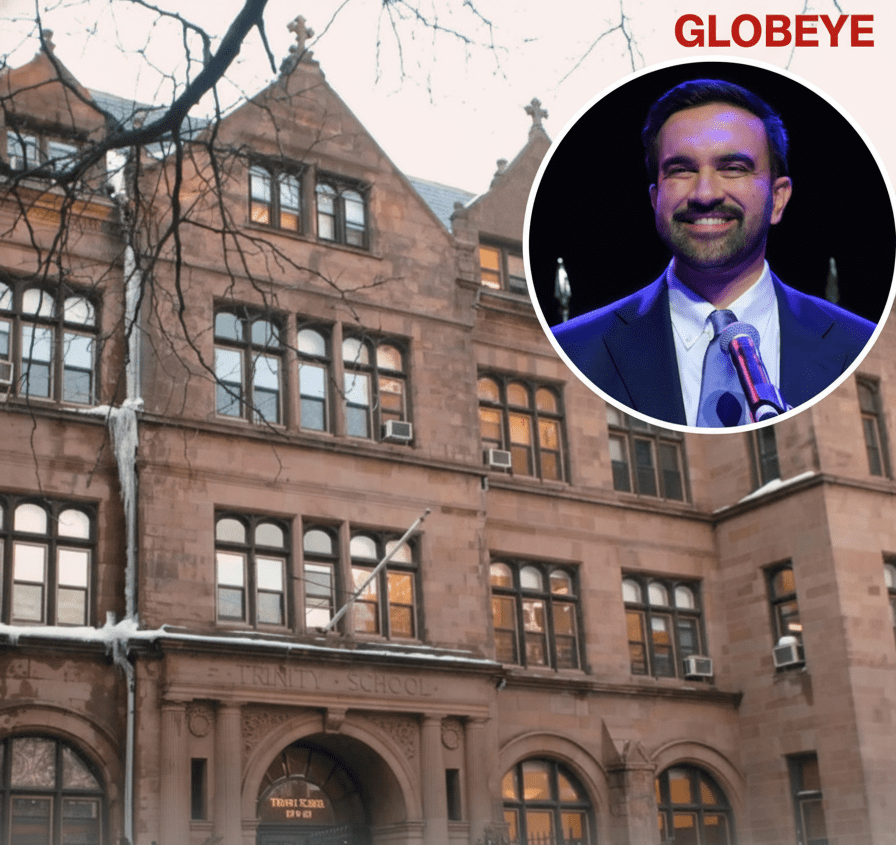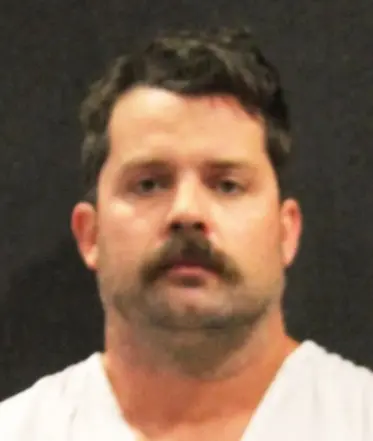Families scramble to undo years of planning and secure spots out of the Big Apple after Zohran Mamdani’s mayoral victory
When New York City’s election results rolled in, another rewind button quietly clicked in homes across Manhattan, the Upper West Side and Brooklyn. Within minutes of Zohran Mamdani’s unexpected win, school-placement consultant Christopher Rim received three calls. By the end of the evening, he counted over 20 more. Parents whose children attend elite New York private schools were suddenly asking: “How quickly can we move our kids out of the city?” Experts say the ripple effect may have already begun.
For families whose children attend high-profile institutions like Trinity, Avenues or Ramaz, the panic is not simply about tuition or admissions. In interviews, Mr. Rim described a wave of concern tied to city governance—especially following mentions of charter-school reform, gifted-and-talented program changes and high-er tax proposals that Mamdani championed on the campaign trail. Those worries mix with deep-seated fears about neighborhood safety, public services and the city’s direction. Parents told him: “We’re not just worried about school anymore. We’re worried about what happens next.”
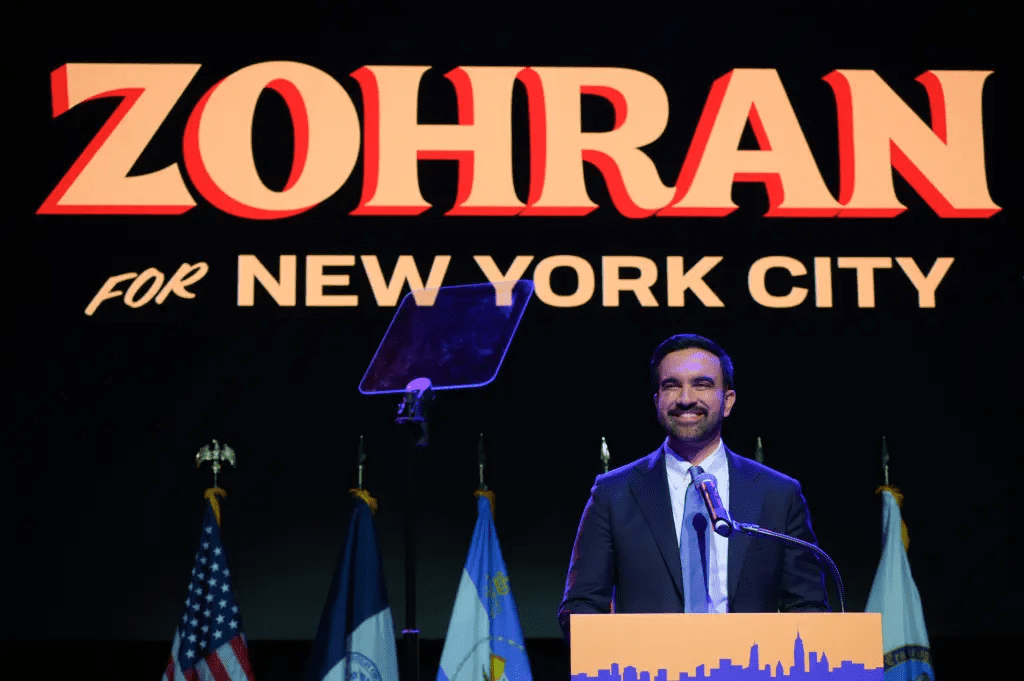
The pace of movement caught private-school administrators off guard. In suburban Connecticut and New Jersey, open houses once dominated by local residents suddenly saw bursts of attendance from New York families. Greenwich Country Day School, among others, said it opened a second auditorium just days ago to meet demand. Brokers in Fairfield County say homes once earmarked for investment are now being snapped up by Manhattan families ready to move. “It’s very much a rush to pull the kids out,” one broker told The Post.
That reaction speaks loud and clear to the political undertow beneath Mamdani’s victory. Throughout his campaign, he described himself as a democratic socialist and promised sweeping reforms—rent freezes, fare-free transit, and new models of education governance. For many parents, particularly those who pay for expensive private schooling precisely to avoid public-school instability, his win was the final straw. “We liked the city before, but now the plan for the city has changed,” a busy mother of two said to Mr. Rim. “And I don’t know if our kids are safe staying here.”
Still, the story isn’t straightforward. Mamdani’s win was historic—he becomes one of the youngest mayors of the country’s largest city and the first of Muslim faith to hold New York’s highest municipal office. Voters clearly expressed desire for change in one of the most diverse and dynamic cities on the planet. His campaign energized young voters across Queens and Brooklyn, promising a different kind of leadership—one rooted in grassroots activism. But that same message alarmed affluent families accustomed to a certain status quo.

The choice of private versus public schooling is often framed as a personal one—educational philosophy, class size, academic outcomes. But the sudden spike in relocation inquiries suggests a deeper anxiety: that city governance under Mamdani might reshape how children are educated, where families live, and how neighborhoods evolve. One parent said: “We’re not going to wait for the reforms to take effect. I can’t risk my kid’s freshman year changing halfway through.”
What’s more, this migration mindset could have broader implications. If high-income families with the means to relocate begin exiting the city, tax-base concerns, housing markets, and private-school ecosystems outside Manhattan could face fresh pressure. At the same time, the education system in New York public schools is bracing for potential changes—since the mayor has long signaled a desire to overhaul charter school proliferation and rethink enrollment models. For students, teachers and families anchored in the city, the calm before the storm may be already over.
On the campaign trail, Mamdani addressed critics head-on. He promised “co-governance” in public schools, more input for parents and more resources for communities historically underserved. Yet some critics say his promises lacked detailed road maps and that his record in school-reform debates raised red flags. Charter-school advocates, for instance, pointed to his pledges to audit performance and resist state mandates—a stance they say could reduce options for families in minority neighborhoods.
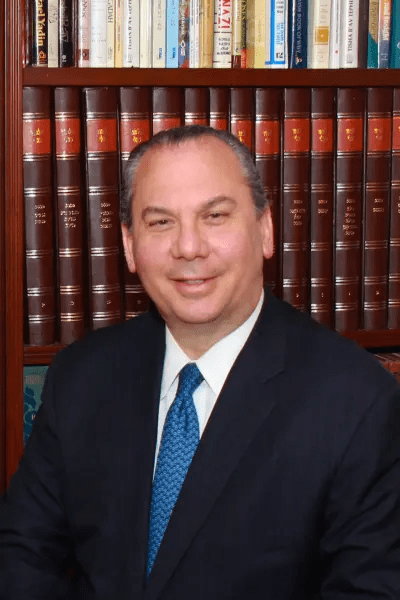
Still, for his supporters, the moment speaks to something larger: a city ready for transformation. In his victory speech, Mamdani said that New York must “focus on the many, not the few,” appealing directly to low-income families, immigrants and younger New Yorkers who felt shut out by the old system. But for families who chose elite private schools to insulate their kids from turbulence, the message landed differently: the world is shifting, and they may need to shift with it—or leave.
In practical terms, the next few months could prove chaotic for high-stakes school placement. Private schools outside the city report that spots are vanishing faster than in post-pandemic years. Middle-school openings, once abundant, are now filling with Manhattan families racing against time. For parents already juggling internships, cross-country jobs and tight applications, the change feels abrupt and unwelcome. “I spent three years prepping for this middle-school admissions cycle,” a father said. “Now I’m worried we’ll end up in a waiting room in New Jersey or Prince George’s.”
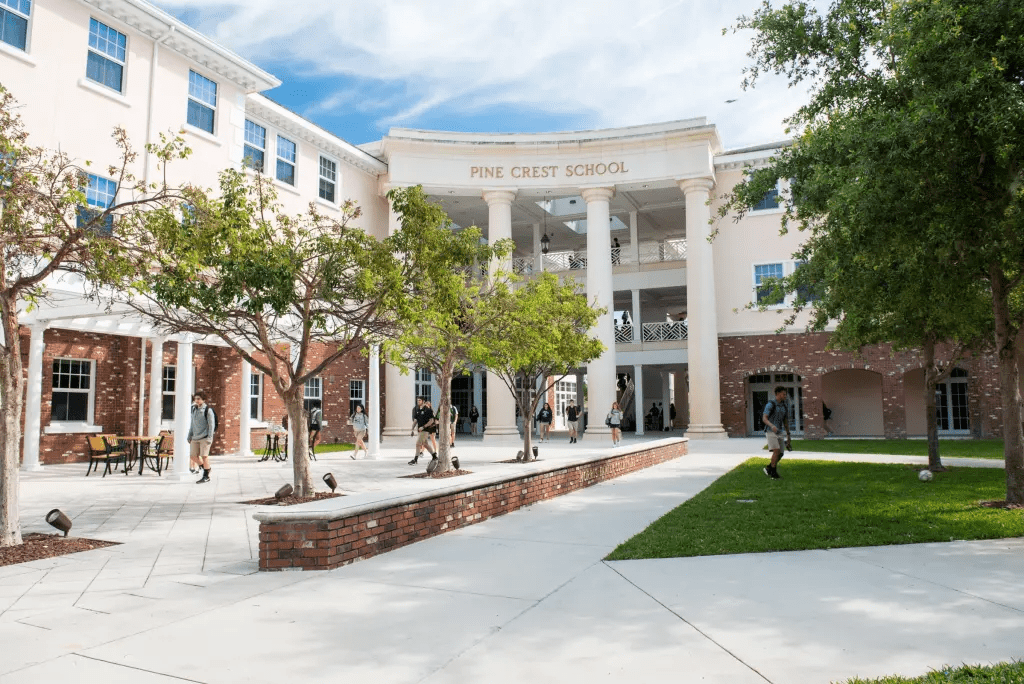
Meanwhile, city-hall staff and education officials are preparing for a transition that could unsettle long-term planning. The 900-school New York City system, with a $41 billion budget and nearly 150,000 employees, now faces a leadership hand-off and the likelihood of policy shifts that could affect everything from pre-K expansion to gifted-program access. How families respond may reshape the city’s demographics, housing patterns and tax dollars.
For the families arriving in suburban enclaves outside New York, the move is not just logistical but emotional. Leaving behind neighborhoods, community hubs and children’s friendships is tough. One mother said: “We’re not chasing a mayor. We’re chasing stability for our kids.” But for others, it’s been a decision months in the making—Mamdani’s win simply accelerated an inevitable process. And for private-school administrators far beyond Manhattan, the ripple is real. One admissions director said: “We’ve seen more inquiries in one week than in the last three months combined.”

As New York braces for a new chapter beginning January 1, 2026, an under-reported storyline has quietly rolled into motion: a suburban migration triggered not by scarcity or cost—but by politics, school choice and what families believe is coming next. Whether this flight proves fleeting or long-term remains to be seen. But for now, the corridors of elite private day schools in Connecticut, New Jersey and Florida are buzzing with Manhattan parents racing for the next school tour.
For New York City residents and the families considering escape routes, the election did more than pick a mayor. It triggered decisions, relocations and resignations that may shape neighborhoods for years. In the end, every school application filed outside Manhattan is a vote of no confidence in the city’s direction as much as it is a step toward a new future.
